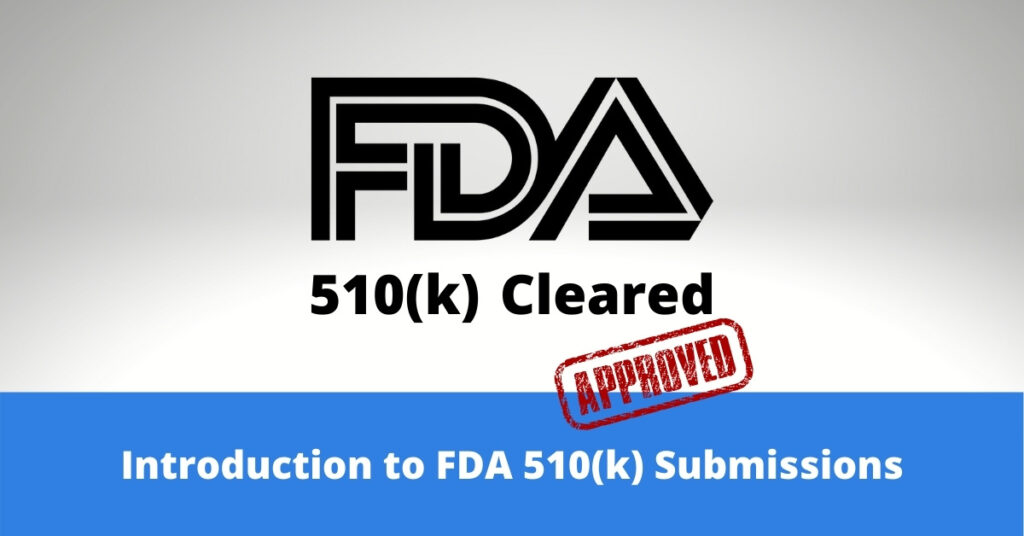What is the US FDA 510K, and how can I obtain it in 2024? – how much does a fda 510k cost – regpro.us

The USFDA 510(k) process is a premarket submission made to the U.S. Food and Drug Administration (FDA) to demonstrate that a medical device to be marketed is as safe and effective, that is, substantially equivalent, to a legally marketed device that is not subject to premarket approval (PMA).
Here are key points about the 510(k) process:
- Substantial Equivalence: The applicant must compare their device to one or more similar legally marketed devices, known as predicate devices, and make and support their substantial equivalence claims. Click to get more information and support for 510K process
- Types of 510(k) Submissions: There are three types:
- Traditional 510(k): The most common type, where the submitter provides descriptive and performance data.
- Special 510(k): For changes to a legally marketed device by the same manufacturer.
- Abbreviated 510(k): Uses guidance documents, special controls, and recognized consensus standards to support substantial equivalence.
- Content of a 510(k) Submission: It typically includes device description, intended use, labeling, performance standards, and safety and effectiveness data.
- Review Process: Our USFDA expert reviews the submission and determines whether the device is substantially equivalent to the predicate device. The goal is to complete the review within 90 days.
- Outcome: If the device is found to be substantially equivalent, our USFDA agent issues a clearance letter from FDA, allowing the device to be marketed in the U.S. If not, the device may require further testing or changes to meet the criteria.
The 510(k) process is essential for bringing many medical devices to market in the U.S., ensuring they meet safety and efficacy standards.
Click here or contact us on support@regpro.us
